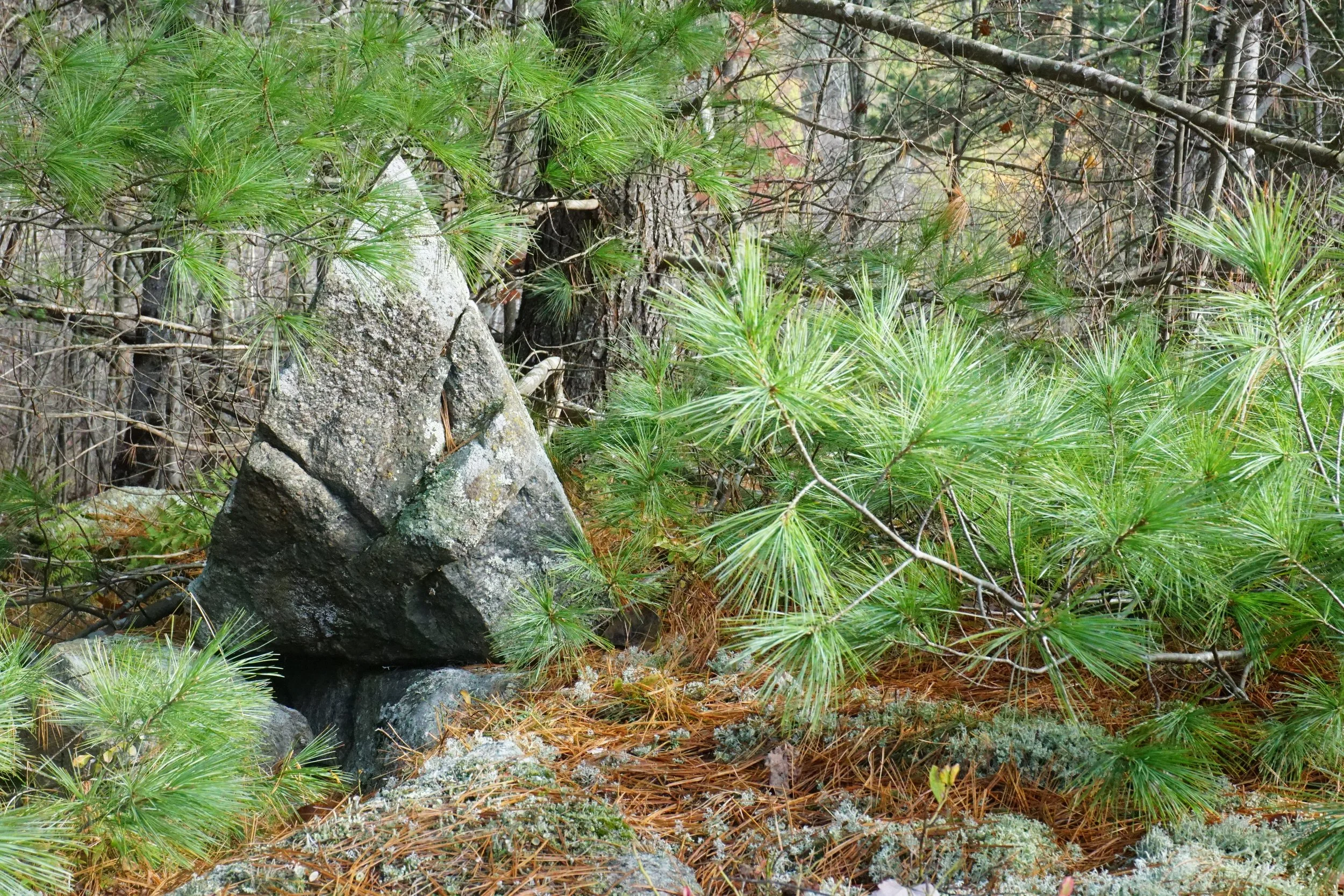
legal + financial
A project of this scale, binding dozens of humans and involving multiple cooperative and private properties, is destined to end badly if legal agreements are not in place to guide and resolve plans and problems that can arise in any attempt to create community. In 2018, some of the founding members of River Rising traveled across Ontario visiting various cooperative land projects to learn from both their successes and failures. We learned that projects that did not have strong legal agreements, or that relied on the grace of someone’s private ownership, seemed destined to fall apart when group conflict emerged. The core issues we identified that needed to be addressed and legally codified prior to the purchase of land were the questions of ownership, conflict, and the financial contributions made towards the purchase and development of the property that was to be shared.

On the question of ownership, we worked with a Toronto law firm that had 50 years of experience in drafting legal documents for a variety of cooperatives in Ontario. We all agreed that no individual should have the power of ownership over the commons and were advised by lawyers to hack colonial corporate law towards that purpose. As it turns out, the capitalist move to give corporations the same rights as people, which many of us had opposed in principle, had created a space of law so flexible and protected by the state that it allowed us to create the perfect radical corporation for the job... and so the River Rising Non-For-Profit was born. This ethical corporation will outlive us all and legally binds its present and future members to its established purpose:
“The establishment and operation of socially transformative and ecologically minded spaces and structures in nature for the purposes of; i. research and learning, personal and collective healing practices, and the support and creation of artistic endeavours”
You can download River Rising’s corporate charter HERE to see how it was initially structured.

Models of ownership are intrinsically linked to the nature and unfolding of conflict in that they determine both the psychology of belonging and the space of possible resolution when a problem surfaces. While no one wants to imagine that relationships of love and trust might fall into catastrophic rupture, the sad truth is that it can happen and can easily lead to project members leaving, or even intentionally imploding what has been accomplished so far. If the shared land project is structured within a private ownership model, even if it is co-owned by multiple parties, once conflict of this nature appears, all enforceable paths lead to voluntary or forced sale of the commons that have been established. The model that avoids this very possibility is for ‘no human’ to own the land. In River Rising’s example, ownership is held by a non-for-profit or cooperative corporation that has been carefully structured to serve the purposes established by its founding members. The corporation’s charter, furthermore, does not allow its members to profit in any way from the dissolution and sale of its assets, removing any financial incentive from the psyche of its present and future members.

In a project like this, where the land itself can grow in value through time, hard work and the investments of its members, it is essential that money and debt be dealt with in a clear and succinct manner prior to the arrival of any disagreements. Capitalism models a profit over people and ecology attitude where both cultural practices and financial systems favour the accumulation of capital over positive social outcomes. All of us engaged in this project believe that these systems are failing both human and more-than-human societies and that the predictable outcome of these attitudes at a global technological scale is ecological and social collapse. With that in mind, we sought a different set of economic values to root our agreements and more broadly, our very concepts of debt and money. On the question of debt, we challenged capitalist values by inverting the idea of land ownership as speculation and financial investment. Instead, we value investments in relationships over time, acknowledging that each individual benefits deeply by being on-land, sharing resources and being in community. This means that the value of each person’s financial contributions will depreciate over a span of twenty years, while they gain in learning, health and belonging. Once codified as enforceable legal and financial agreements, these values secure the project’s future and make certain that no interpersonal conflicts can existentially harm, or financially bankrupt, the project as a whole.
You can download River Rising’s legal agreements HERE to further understand how this was both structured and accomplished.

